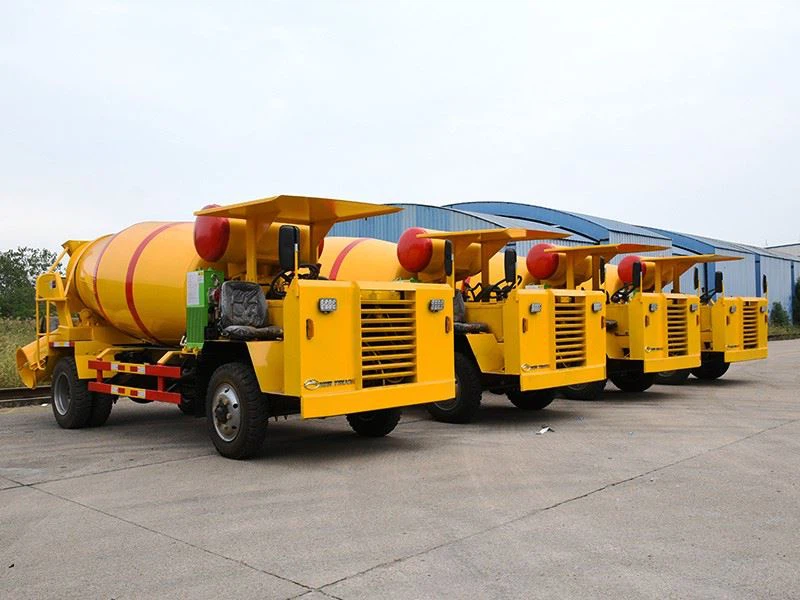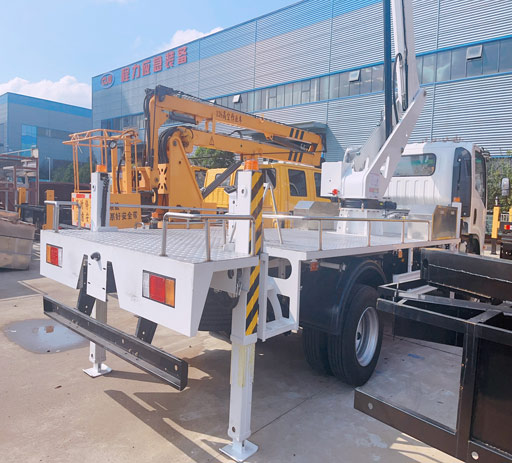Understanding Tipper Lorries: A Comprehensive Guide

Tipper lorries, also known as dump trucks, are essential heavy vehicles used primarily in the transportation of materials for construction and mining projects. In this article, we will explore the various aspects of tipper lorries, from their types and features to their applications and maintenance. This guide aims to provide readers with a thorough understanding of how tipper lorries operate and their significance in the heavy-duty transport sector.
What are Tipper Lorries?
Tipper lorries are specialized vehicles designed to transport loose materials such as sand, gravel, dirt, and debris. The defining feature of a tipper lorry is its ability to tilt its load-carrying body, allowing for easy unloading of materials. This capability makes them invaluable in various industries, particularly construction, waste management, and mining.
Basic Structure of Tipper Lorries
Tipper lorries usually consist of three main components:
- Chassis: The base framework that supports the truck’s body and payload.
- Dump Body: The container that holds the material, which can be raised at the front or rear to release the load.
- Hydraulic System: The mechanism that tilts the dump body, allowing for the unloading of materials.
Types of Tipper Lorries
Tipper lorries come in various configurations to suit different transportation needs. The most common types include:

1. Rear Tipping Lorries
Rear tipping lorries are the most common type, where the load is discharged from the back. They are ideal for delivering materials to construction sites where space is limited.
2. Side Tipping Lorries
These lorries deposit their load from either side, making them useful in tight spaces and for certain types of material handling.
3. Multi-Axle Tippers
Multi-axle tippers are designed to carry heavier loads, typically featuring additional axles for improved stability and weight distribution.
4. Articulated Tippers
Articulated tipper lorries consist of two separate units that can pivot. This design enhances maneuverability, especially in rough terrain.
5. Off-Road Tippers
These tippers are equipped with robust tires and enhanced suspension, allowing them to traverse difficult terrains and construction sites.
Applications of Tipper Lorries
Tipper lorries are used across various industries. Here are some of their key applications:
1. Construction
In construction, tipper lorries transport materials such as sand, gravel, and concrete to and from construction sites.
2. Mining

Tipper lorries play a vital role in mining operations by transporting extracted materials from mining sites to processing plants.
3. Waste Management
Tipper lorries are used to collect and transport waste materials from collection points to disposal sites or recycling facilities.
4. Agriculture
They are also utilized in agricultural settings to transport fertilizers, feed, and other bulk materials.
5. Landscaping
Landscape professionals often use tipper lorries to deliver mulch, soil, and landscaping rocks to various job sites.
Choosing the Right Tipper Lorry
Selecting the right tipper lorry for your needs involves considering several factors:
1. Load Capacity
Determine the maximum weight of materials you need to transport. Different tippers offer varying load capacities.
2. Body Size
Choose a body size that fits your typical load requirements, bearing in mind the size of the job sites.
3. Terrain Compatibility
If you will be working in rough terrains, consider off-road tippers or articulated models for better maneuverability.
4. Fuel Efficiency
Look for models that offer better fuel efficiency, lowering operational costs over time.
5. Safety Features
Prioritize tipper lorries with advanced safety features such as rollover protection, stability controls, and excellent braking systems.
Cost of Tipper Lorries
The cost of purchasing or leasing a tipper lorry varies widely based on several factors:
1. Type of Tipper Lorry
As mentioned, the type you select will impact the price, with articulated and multi-axle models typically costing more.
2. Brand and Model
Well-known brands may charge a premium, but they often come with better warranties and service support.
3. New vs. Used
Bought new, a tipper lorry can cost anywhere from $50,000 to $150,000. Used models are more affordable but may come with higher maintenance costs.
Maintenance Tips for Tipper Lorries
Regular maintenance is crucial for keeping tipper lorries in optimal working condition. Here are some essential maintenance tips:
1. Regular Inspections
Perform inspections of the hydraulic system, brakes, and tires to catch any issues early.
2. Keep It Clean
Regularly clean the dump body to avoid rust and material buildup, which can affect performance.
3. Change Fluids
Regularly check and replace hydraulic fluids, oil, and other essential fluids to ensure smooth operation.
4. Monitor Load Distribution
Ensure even load distribution to minimize wear and tear and improve vehicle stability.
5. Follow Manufacturer Guidelines
Every model has specific maintenance needs. Always refer to the manufacturer’s manual for guidance.
Future Trends in Tipper Lorry Technology
As technology advances, tipper lorries are incorporating new features to enhance performance and sustainability. Some trends include:
1. Electric Tipper Lorries
With the growing emphasis on sustainability, electric tipper lorries are emerging as a cleaner, more efficient alternative.
2. Advanced Load Monitoring Systems
Modern technologies are enabling automated load monitoring, enhancing efficiency and weight management.
3. Enhanced Safety Features
Innovations like collision avoidance systems and advanced braking technologies are becoming standard to improve safety on the road.
4. Telematics
Telematics allow fleet owners to monitor vehicle performance, optimize routes, and execute preventive maintenance preemptively.
Frequently Asked Questions (FAQs)
1. What kind of materials can tipper lorries transport?
Tipper lorries can transport a wide range of materials, including sand, gravel, soil, construction debris, and even waste materials.
2. How much can a tipper lorry carry?
The load capacity of a tipper lorry varies by model, typically ranging from 10 to 30 tons.
3. What are some safety tips for operating a tipper lorry?
Ensure proper loading techniques, maintain even load distribution, perform pre-trip inspections, and always be aware of surroundings when unloading.
4. How often should I maintain my tipper lorry?

It is advisable to conduct regular inspections and maintenance every 500 to 1000 kilometers or as per the manufacturer’s guidelines.
5. Can I use a used tipper lorry for commercial purposes?
Yes, but ensure the vehicle meets safety regulations and has been well maintained to avoid downtime and additional repairs.
6. What is the difference between a tipper lorry and a standard truck?
Unlike standard trucks, tipper lorries have a specialized body that can be tipped to unload materials easily, suitable for carrying loose or bulk materials.
| Type of Tipper Lorry | Best Use Case | Average Cost Range |
|---|---|---|
| Rear Tipping | Construction | $50,000 – $100,000 |
| Side Tipping | Landscaping, tight spaces | $60,000 – $120,000 |
| Multi-Axle | Heavy-load transport | $80,000 – $150,000 |
| Articulated | Rough terrains | $100,000 – $170,000 |
| Off-Road | Mining, construction sites | $90,000 – $160,000 |
